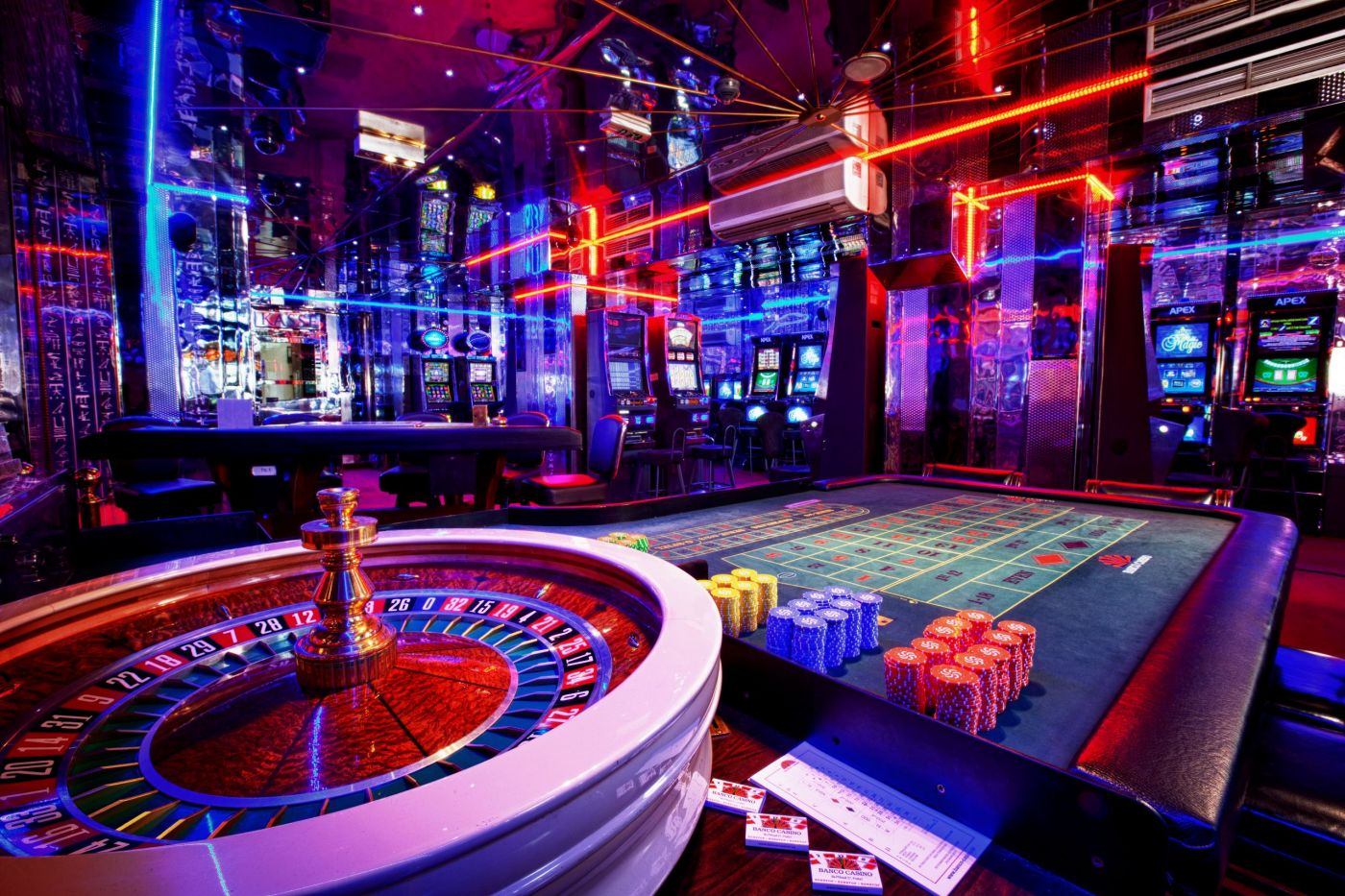Casino experiences have long captivated people’s attention, drawing players into a world filled with chance, planning, and the allure of adventure. Each experience is meticulously crafted not just for fun, but also to evoke targeted emotional responses that keep participants immersed and invested. Understanding the motivations behind these designs reveals much about how behavioral psychology plays a vital role in the gaming experience.
From the vivid lights and lively sounds to the sophisticated layering of rules and rewards, casino games are designed to create an atmosphere of anticipation and anticipation. Game designers leverage psychological principles to influence player behavior, whether through the use of winning opportunities, almost wins, or community engagement. By examining these factors, we can better appreciate how casino games fulfill not just a want for entertainment, but underlying psychological needs for adventure and uncertainty.
Understanding Gamer Behavior
Casino games are engineered with a profound understanding of player psyche, which is crucial for drawing in and keeping players. The rush of the game, coupled with the anticipation of winning, produces a formidable attraction. Game designers utilize elements like audio cues, dynamic graphics, and engaging gameplay to seize attention and evoke emotional responses. These sensory experiences enhance the total environment, making players feel more involved in the game.
Another significant aspect of player behavior is the idea of risk/reward dynamics. Casino games often weigh high-stakes situations with the potential for significant rewards, which can result in the phenomenon known as near-miss phenomenon. When players come within reach to winning, the brain produces dopamine, strengthening their behavior and prompting them to continue playing in pursuit of that elusive win. This cycle of wish and letdown plays a key role in how games are constructed and advertised.
Lastly, social elements also play a pivotal role in player behavior at casinos. Many games are designed to be played in groups or in company with other players, creating a sense of togetherness and shared experience. The community engagement inherent in games like poker enhances enjoyment and can result in prolonged gaming periods. Designers capitalize on this by crafting environments that encourage players to linger, interact, and come back, making the overall casino experience more appealing.

The Role of Imagery and Sound
Imagery and audio play a vital role in improving the player’s experience within casino games. Designers utilize bright colors, eye-catching graphics, and engaging animations to grab players’ attention and maintain their interest. The use of themes, such as exploration or luxury, helps create an engaging atmosphere that transports players into a different world. By appealing to the senses, these elements add to a intensified emotional response, encouraging players to engage more deeply with the games.
Audio design is just as important in enhancing the experience of casino games. The combination of background music, audio effects for winning combinations, and environmental noises creates an sound landscape that holds players fascinated. Sounds associated with victories, such as chiming bells or celebratory music, evoke feelings of excitement and reward, prompting players to continue playing. These sound cues are strategically placed to amplify the excitement of the game and create a more immersive experience.
Moreover, the synchronization of visuals and audio is important for reinforcing the game’s overall theme and atmosphere. Each element should align seamlessly to create a cohesive experience that pulls players in. The effective use of this integration not only enhances user satisfaction but also boosts the chances of return play, as players become more invested in the captivating world that the gambling games offer. This thoughtful combination of visuals and sound ultimately enhances player involvement and commitment.
Reward Structures and Engagement
The development of gambling games greatly depends on incentive structures to ensure participants involved and returning for additional experiences. These systems are rooted in behavioral principles that exploit human nature and motivation. Players are often driven by the excitement of success, which is reinforced by instant feedback through the game structure’s mechanics. This prompt satisfaction not just improves the overall experience but also fosters a sense of achievement, prompting participants to keep playing in hopes of greater rewards.
Gaming establishments adopt various reward structures, including jackpots, extra rewards, and increased rewards, to engage participants. These elements create a level of excitement that maintains interest. Additionally, the randomness of results plays a significant role in sustaining attention. The variable reward system, where wins are unpredictable but happen often enough, maintains participants on edge and driven to continue participating. This loop of anticipation and expectation is foundational to the success of gambling experiences.
Furthermore, social elements, such as competitive events and multiplayer features, boost the engagement factor by leveraging the competitive nature of players. The communal aspect of playing with fellow participants can amplify the excitement of winning and create a community atmosphere within the casino. By combining these social dynamics with effective reward systems, gambling experiences don’t just provide fun but also foster a stronger bond among players, solidifying their loyalty to the gaming experience.
https://shbet.is/